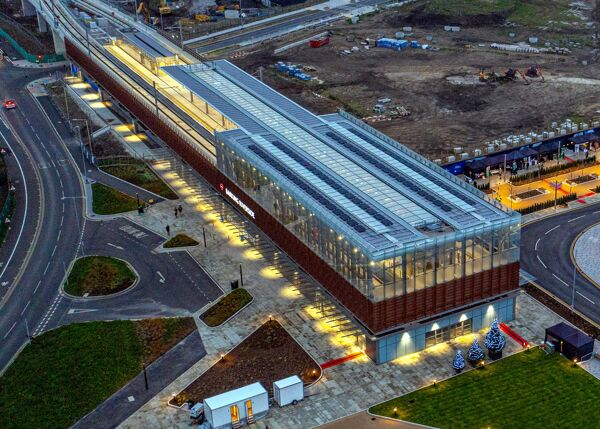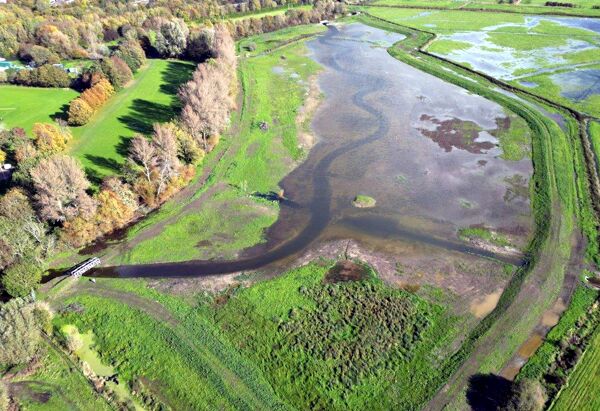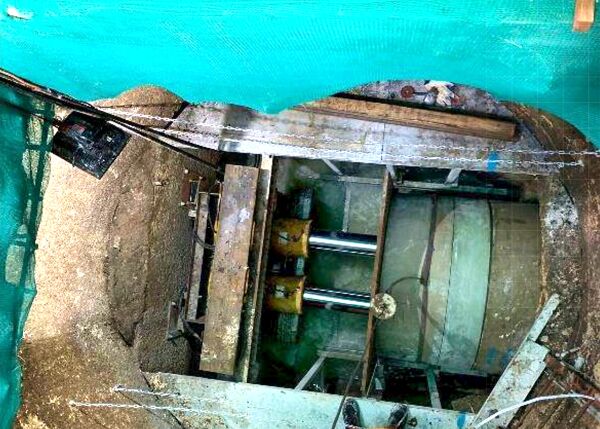
Christchurch City Council in New Zealand has used NEC contracts to procure a new NZ$92 million (£48 million) central library to replace its original 1982 building that was damaged by the 2011 earthquakes. Called Tūranga, it is the latest in a growing number of NEC-procured ‘anchor’ projects in the area’s NZ$40 billion (£21 billion) post-earthquake reconstruction programme.
All consultants for the new library, including project manager and quantity surveyor Aecom, architect Architectus + Schmidt Hammer Lassen Architects, structural engineer Lewis Bradford Consulting Engineers and services engineer Powell Fenwick, were each engaged under an NEC3 Professional Services Contract (PSC).
An NEC3 Engineering and Construction Contract (ECC) Option A (priced contract with activity schedule) was then let to main works contractor Southbase Construction. After four years of design development, construction started in October 2016 and was completed on time and budget in September 2018.
The five-storey 9,850m2 structure consists of large post-tensioned concrete walls with viscous earthquake dampers and a steel moment-resisting perimeter frame. Facilities include New Zealand’s largest digital touch-screen wall, a music studio, video editing suite, three-dimensional printing, robotics, exhibition spaces, a conference room, café, community arena and children's play area.
Encouraging good management
Alistair Pearson, the council’s major facilities capital delivery manager, says NEC was chosen for the Tūranga project for a number of reasons. ‘NEC is a collaborative contract, which is better than a purely transactional contract, and encourages good project management techniques such as early warnings and risk mitigation meetings.’
He says the international reputation of the NEC contract suite also helps to attract an international market response to council tenders. ‘In addition, the flexible contractual options provided by the main and secondary options means NEC can be selected across our diverse programme of post-earthquake reconstruction projects.’
Other council projects procured by NEC include the NZ$152 million (£79 million) restoration of Christchurch Town Hall and NZ$51 million (£27 million) repairs to Christchurch Art Gallery. The independently owned Arts Centre te Matatiki Toi Ora also started using NEC contracts in 2019 to deliver the second phase of its NZ$290 million (£150 million) restoration.
Collaborative working environment
Pearson says NEC processes were enthusiastically adopted by all parties during the delivery of Tūranga, helping to ensure a truly collaborative working environment. ‘Christchurch City Council, Southbase and the consultants have worked well together to deliver an amazing product on time and on budget. Without NEC3 contracts this may well have not happened in such a satisfactory manner.’
He adds that, ‘one of the key benefit we have experienced operating under an NEC3 contract is the reassurance it provides with respect to the up-to-date status of the project. For a public sector organisation this is of particular benefit because of the need for constant reassurance with respect to budgetary compliance.’
Benefits of using NEC
- NEC obligation to work in a ‘spirit of mutual trust and co-operation’ helps to create a collaborative working environment.
- NEC processes such as early warnings and risk mitigation meetings encourage good project management practice.
- NEC main and secondary options provide maximum flexibility for application across a diverse programme of projects.
- NEC’s international reputation helps to ensure tenders attract bids from the international consultants and contractors.
- NEC’s strict change-management procedures mean clients receive constant reassurance on programme and budget.



